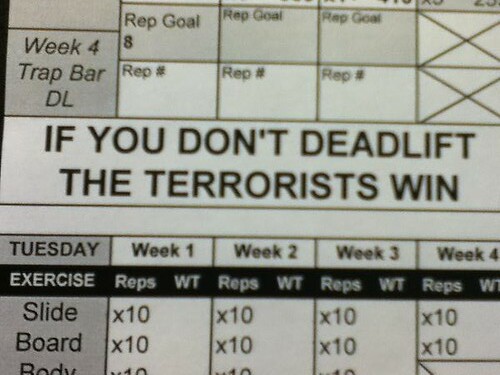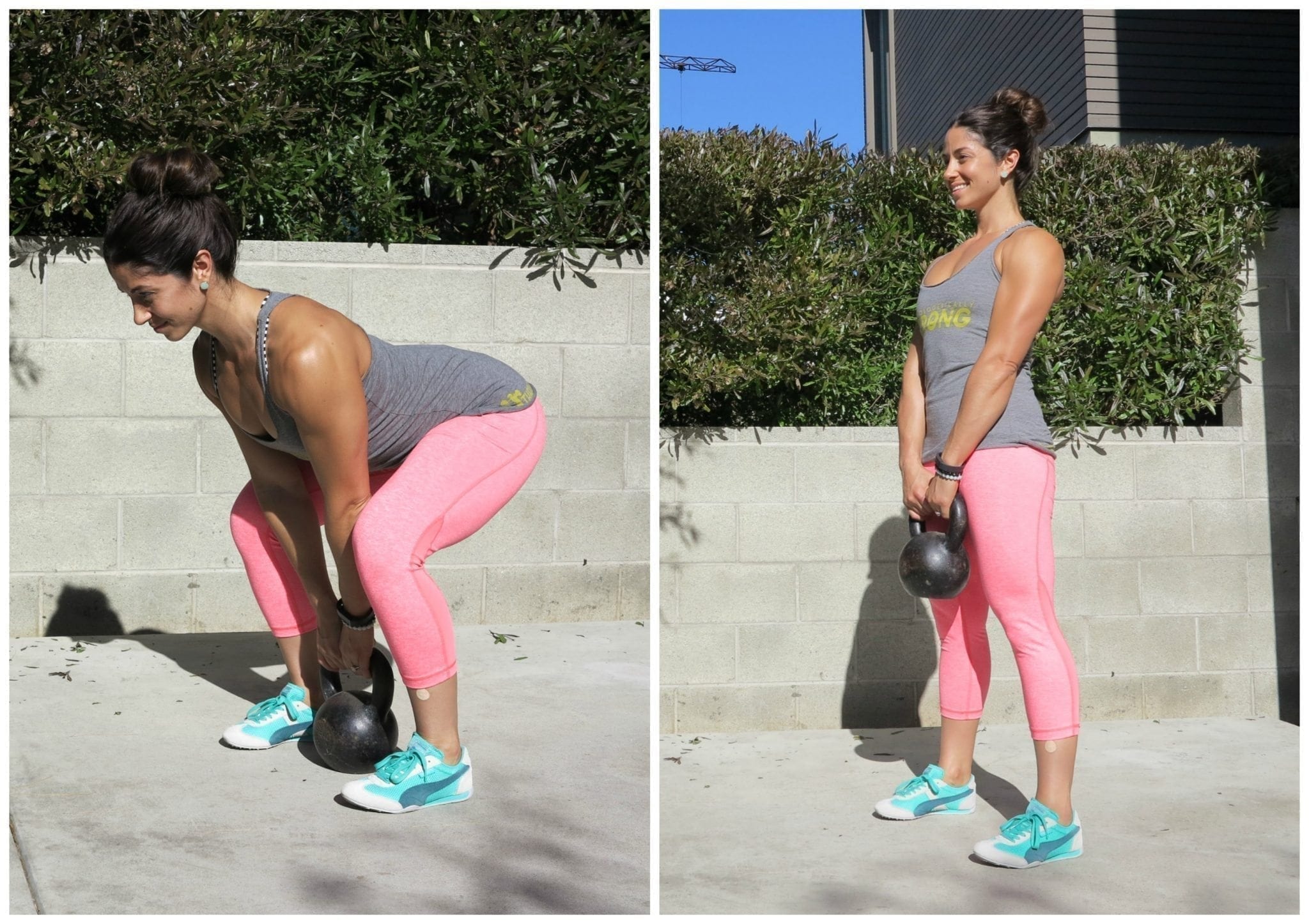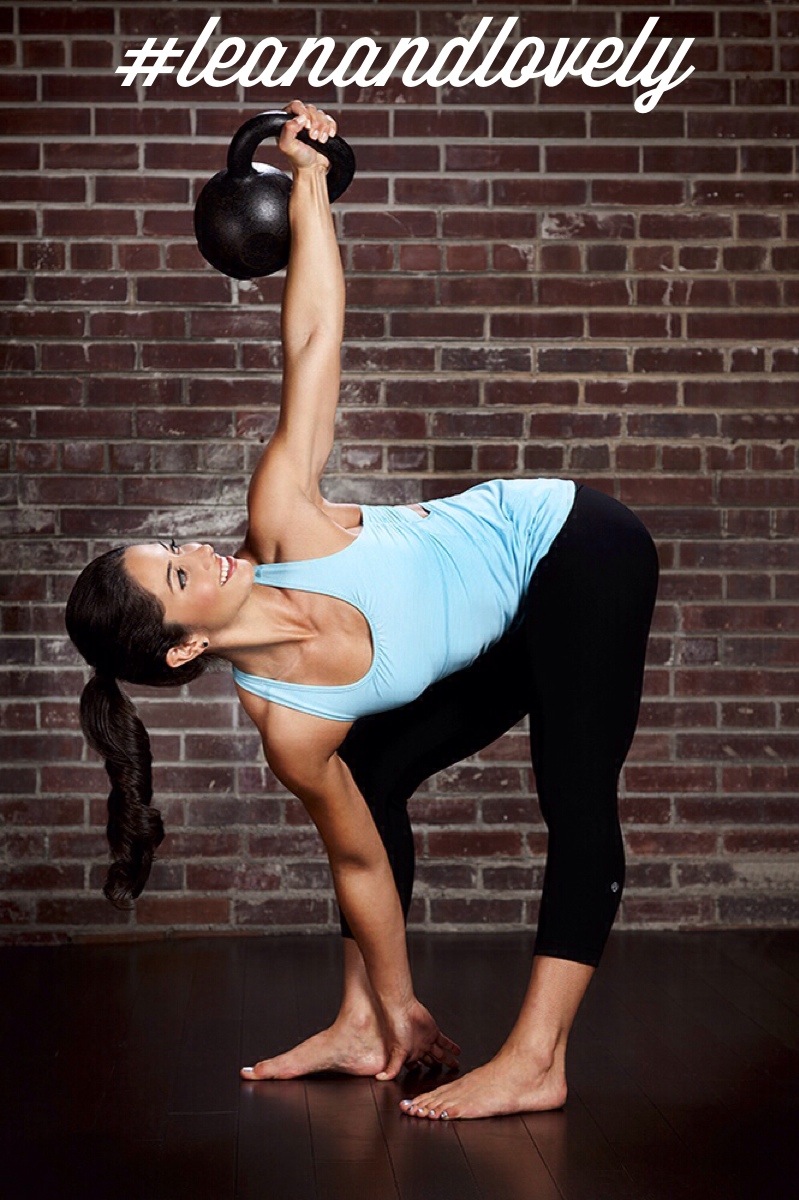I don’t claim to know everything.
Sure I can regurgitate all the muscles that attach to the scapulae, list all the muscles involved with posterior pelvic tilt, name all the members of the starting line-up for the 1990 Oakland Athletics, recite line-for-line the “I will find, and I will kill you” monologue Liam Neeson uses in the movie Taken, and, on a good day I can crush my multiplication table.
I know stuff, but I don’t know everything.
One of the exceptions, however, is the deadlift. I know the deadlift. As a strength coach it makes sense. I mean, it’s my job to help get people freaky strong, and it’s kinda hard to do so without at least a casual relationship with the deadlift. Don’t worry I always buy it dinner first….;o)
Moreover, most serious weightlifters recognize that the deadlift is what often separates the men from the boys.
As an example here’s Cressey Sports Performance athlete, Dave Stanton, deadlifting 600 lbs for an easy set of three. With no belt (at a bodyweight of 192 lbs).
Yes, we recognize he’s bouncing the weight off the floor a little bit. Relax, internet.
David is a bit of an outlier. A freak if you will. We often joke at the facility that he’s a deadlifting savant because he’s always been good at it. It’s as if he was built to deadlift – look at those leverages!
But that doesn’t mean he hasn’t had to work his ass off in order to get to this point.
He’s been training with us for over four years, and has spent a lot of time working with us under our supervision.
Using David as our inspiration and model, I wanted to discuss what I feel are some things that a lot of trainees overlook when it comes to their approach to the deadlift.
1. Not Placing a Premium on Technique, Technique, Technique
Playing the Captain Obvious card, it goes without saying that in order to get better at the deadlift, you need to deadlift. It’s the Law of Specificity played to it’s most specific tune.
Quarterbacks don’t get better at throwing a football by playing Madden.
Chefs don’t get better at food preparation by watching Top Chef.
And you don’t get better at deadlifting by watching Youtube videos or by just “showing up” at the gym and doing leg curls. YOU NEED TO DEADLIFT!!!!

More to the point, you need to hone technique. Technique trumps everything.
Not all deadlift variations are created equal. When most people think of a deadlift they automatically leap to the conventional deadlift, which, by all accounts, can be argued as the most advanced variation.
Not everyone can show up on day #1, walk up to a bar, pick it up off the ground, and make it look passable. I.e., not make me want to pour battery acid into my eyes.
Which is why it’s important to regress the movement to fit the current ability level and needs of the lifter. Learning the hip hinge pattern is vital and serves as a precursor more advanced exercises down the road.
There are a million and one different ways to regress the deadlift to help someone learn to hip hinge, which is why I feel it’s such an invaluable exercise.
At the lowest level we have drills which help engrain the motor pattern we’re looking for and to teach “neutral” spine:
Wall Tap Hip Hinge
KB Behind the Head Hip Hinge
Band Lat Activation w/ Hip Hinge
Once we’re confident they’re able to groove the hip hinge and control their spine, we can then start adding load with more rudimentary deadlift exercises like kettlebell deadlifts, suitcase deadlifts, and “potato sack” or DB deadlifts.
From there, when we want to start adding more appreciable load the order we typically use at Cressey Sports Performance is Trap Bar Deadlift —> Sumo Deadlift —> Conventional Deadlift —> Dude, you’re like Han Solo now.
And, to be honest, it’s not until someone has a good 1-2 years of solid, legit training that we start implementing more superfluous things like chains, bands, and the like.
There’s plenty we can do with JUST a barbell.
Below is a video I originally shot for the release of Mike Robertson’s Bulletproof Athlete, which goes into more detail on some of the ways I progress (and cue) the main deadlift variations.
So to reiterate – TECHNIQUE is kind of important. Learn it. Also, take into account the importance of properly placed progressions. Not everyone is Gandalf and can walk into a gym on day one and crush a perfect deadlift.
Also, if you want to read something that will give you a deadlifting boner I’d suggest reading THIS magnum opus by Mike Robertson, or check out any of THESE 22 articles listed by T-Nation as the best deadlifting articles on their site.
2. Speed Work? Technique, Technique, Technique (Part II)
Listen, most people who train don’t need to worry about “speed work.” Yes, getting faster and honing bar speed is a factor in improving strength, but for most people, most of the time, it’s a complete waste of time.
Let me explain.
First off, unless you’re pulling (at least) 2x bodyweight I don’t feel adding in speed work or a dynamic speed day – or any other connotation you use to pretend like you train at Westside Barbell – into your training repertoire is going to serve as the x-factor.
Lets just call it what it is. TECHNIQUE WORK!!!!

Using sub-maximal loads forces people to dial in their technique, and THAT’S where I feel the true value of “speed work” lies.
Instead of calling it a speed work, I just call it a technique work and I try to implement it into most people’s programs at least once per week (especially if they’re trying to work on a specific movement, like the deadlift).
It may look something like this:
Week 1: 12×1 @ 55% 1RM
Week 2: 10×1 @ 60% 1RM
Week 3: 8×1 @ 65% 1RM
Week 4: 6×1 @ 70% 1RM
I’ll typically allot 30-45s rest between each rep.
Another approach I use (with more intermediate and advance lifters) is to have someone use 70% of the 1RM and to then set a timer for 10-15 minutes and they perform ONE rep every minute, on the minute for the allotted minutes.
Week 1: 65% at 10 Min
Week 2: 65% at 12 Min
Week 3: 70% at 12 Min
Week 4: 70% at 14 Min
Either way the idea is to use lower loads to HAMMER technique (which in turn is going to help with bar speed and overall performance in general).
3. Lack of Upper Back Strength
Like it or not, most people have weak upper backs and they don’t train it enough. I’m a HUGE proponent of adding in some form of dedicated upper back work in every training session.
I think this serves several benefits:
1. It will undoubtedly help with deadlift technique in the long run.
2. From a posture standpoint, it will help to offset the endless hours we all spend in front of our computers watching LOLCats working.
3. A thick, wide, upper back just looks badass.

To that end, I feel most trainees should go out of their way to add in some upper back work – both horizontal AND vertical – into their programs.
Now, this doesn’t mean you have to go balls to the wall and load yourself heavy every session, but it stands to reason most people won’t be doing themselves a disservice by incorporating this mindset.
I like to add in some high(er) rep TRX Rows or face pulls on my lower body days, and I’ll sometimes perform heavy chin-up variations too.
On upper body days, I’ll almost always be including some form of heavy barbell row or DB row.
Make no mistake: a strong upper back will help you deadlift more weight.
Pick Things Up and Put Them Down
And it’s on that note I want to remind everyone that my new Deadlift Specialization Program hits on all the above points (and then some).
It’s a FOUR-month program that will not only turn you into a deadlifting Jedi, but you’ll get hella strong to boot.
What’s more, not only do you get a program written by me, but you also get the advantage of using WeightTraining.com’s user friendly platform to receive workout reminders, track and log your workouts, and watch videos, all by using your smart phone.

I also included a 30% discount that will last for the next 24 hours (through Wednesday, September 10th), because I’m cool like that All you have to do is type in IncreaseDeadlift30 within the Coupon Code area at checkout.
For more information and to get your deadlifting on go HERE.





